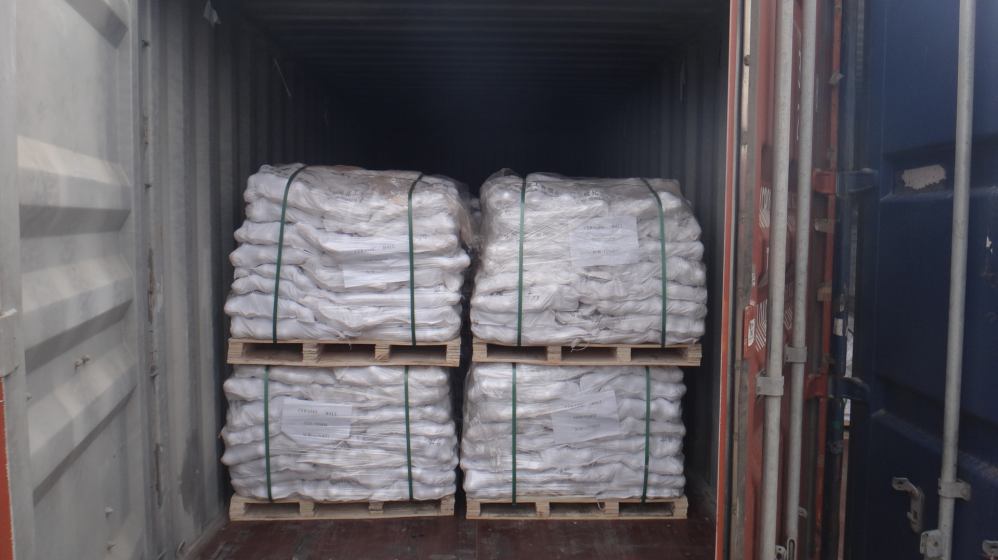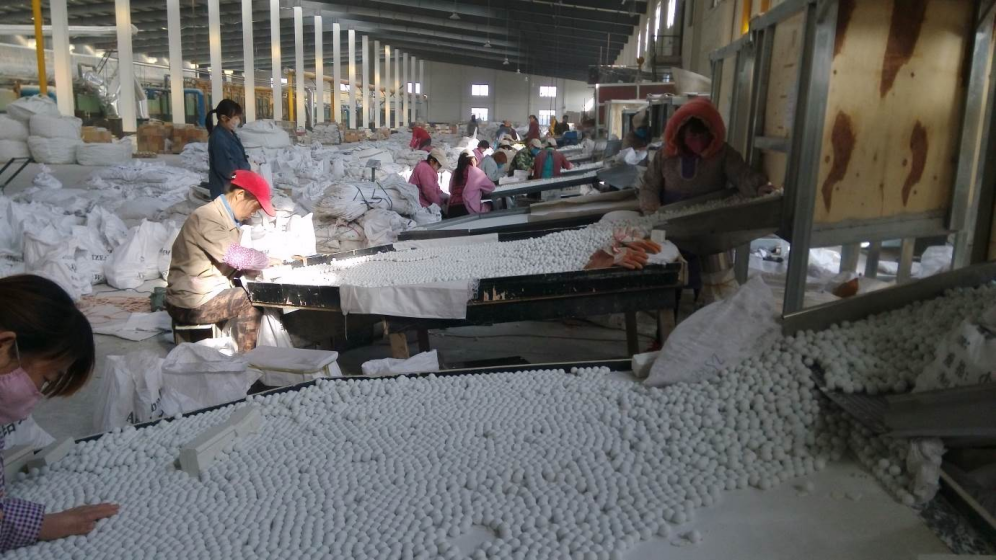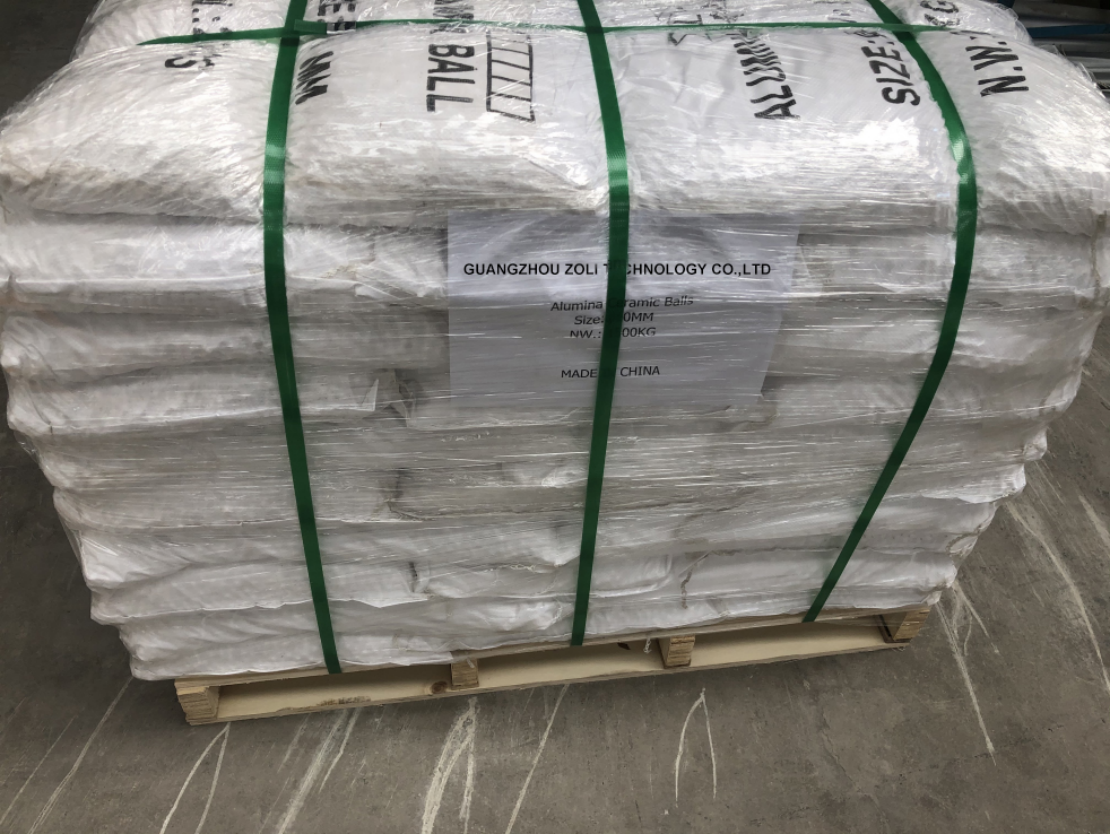In the realm of industrial applications, precision and efficiency
are paramount. One of the key components that ensure these
attributes in grinding processes is the use of high-quality
grinding media balls. Among these, 95% purity industrial alumina
grinding media balls stand out as a preferred choice, especially in
bench grinders.
Alumina grinding media balls are spherical components made
primarily from aluminum oxide (Al2O3). With a purity level of 95%,
these balls are known for their exceptional hardness, wear
resistance, and corrosion resistance. They are extensively used in
various grinding and milling processes across industries like
ceramics, electronics, and metallurgy.
The 95% purity level of alumina grinding media balls ensures high
performance in terms of strength and durability. This purity level
strikes a balance between cost-effectiveness and functional
efficiency, making it ideal for industrial applications. Higher
purity levels, while available, often come at a significantly
higher cost without a proportionate increase in performance for
many standard applications.
With a Mohs hardness rating of 9, 95% alumina grinding media balls
are nearly as hard as diamond. This ensures minimal wear and tear,
prolonging the life of both the grinding media and the equipment
used.
These alumina balls can withstand temperatures exceeding 1000°C,
making them suitable for high-temperature applications.
Additionally, their resistance to acids and alkalis ensures
durability in corrosive environments.
The spherical shape and polished surface of alumina balls minimize
friction and enhance the grinding process. This leads to improved
efficiency, reducing grinding time and energy consumption.
95% purity alumina grinding media balls are used in a variety of
bench grinder applications. They are ideal for grinding and milling
tasks in industries such as:
- Ceramics: For producing fine ceramic powders.
- Electronics: In the manufacturing of electronic components.
- Metallurgy: For ore processing and metal refining.
- Chemical Engineering: In the production of paints and coatings.
When using alumina grinding media balls in bench grinders, it is
crucial to ensure compatibility between the grinding jars and
balls. Both should be made from the same material to prevent
excessive wear. The hardness of the grinding jars should also be
higher than the material being ground to optimize performance.
Size and Diameter: Available in diameters ranging from less than 1 mm to 50 mm, the
choice of size depends on the specific grinding requirements. For
finer grinding, smaller balls are preferred.
Density and Weight: With a volume density of ≥3.60 g/cm³, these balls are heavier
than many alternatives, which can enhance the grinding process.
Surface Treatment: Polished surfaces reduce friction and improve grinding
efficiency.
- Hard Samples: Use larger balls (30 mm or 40 mm) for coarse materials.
- Medium Samples: Opt for medium-sized balls (20 mm) for medium hardness.
- Fine Samples: Smaller balls (5 mm to 10 mm) are ideal for fine materials.
- Regular Inspection: Regularly inspect the grinding media for signs of wear and
replace as necessary to maintain efficiency.
- Proper Storage: Store in a dry environment to prevent moisture absorption, which
can affect performance.
- Protective Gear: Always use appropriate protective gear when handling grinding
media to prevent injury from accidental spillage or breakage.
- Equipment Compatibility: Ensure that the bench grinder is compatible with the alumina
balls to avoid damage to the machine or grinding media.
● Sizes Φ:
Size(mm) | Size(mm) | Size(mm) | Size(mm) |
0.5-1.0 | 6.0 | 20.0 | 70.0 |
1.0 | 8.0 | 25.0 | 80.0 |
2.0 | 10.0 | 30.0 | 90.0 |
3.0 | 13.0 | 40.0 | 100.0 |
4.0 | 15.0 | 50.0 | |
5.0 | 18.0 | 60.0 | |
●Package:
25KG/woven bag,1000KG-1250KG for one pallet with shrink wrapped












